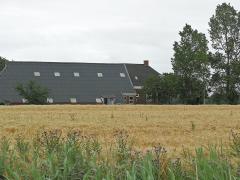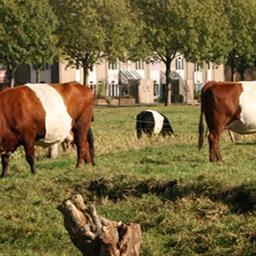The global nitrogen cycle in the twenty-first century
Global nitrogen fixation contributes 413 Tg of reactive nitrogen (Nr) to terrestrial and marine ecosystems annually of which anthropogenic activities are responsible for half, 210 Tg N. The majority of the transformations of anthropogenic Nr are on land (240 Tg N yr-1) within soils and vegetation where reduced Nr contributes most of the input through the use of fertilizer nitrogen in agriculture.
Lifetime Nr in oceans seems to be longer than in terrestrial ecosystems
The lifetime of Nr in the atmosphere, with the exception of N2O, is only a few weeks, while in terrestrial ecosystems, with the exception of peatlands (where it can be 102–103 years), the lifetime is a few decades. In the ocean, the lifetime of Nr is less well known but seems to be longer than in terrestrial ecosystems and may represent an important long-term source of N2O that will respond very slowly to control measures on the sources of Nr from which it is produced.
Authors
Specifications
- Publication title
- The global nitrogen cycle in the twenty-first century
- Publication date
- 7 July 2013
- Publication type
- Publication
- Magazine
- Philosophical Transactions B of the Royal Society, Volume: 368 Issue: 1621
- Product number
- 1344




